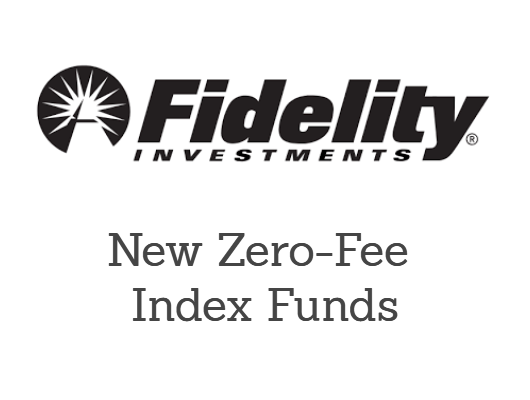Gold has been on the slide again recently. After a sharp bounce off the lows, gold managed to recover over the past month, riding the wave of global liquidity back up to almost $1,200/oz. Over the past week though, the wheels have fallen off the rally.

A rebound in the United States Dollar put the kibosh on the move in gold, with it falling sharply from $1,180/oz to $1,105/oz recently. Silver has also dumped again, falling to below $15/oz.
Like oil, copper, and other commodities, gold and silver react negatively when the dollar rises. Adding pressure to the situation, India has announced a new gold financial program that will likely add more supply to the market.
India’s Prime Minister, Narenda Modi, has announced a new initiative that aims to attract mountains of gold that the country’s citizens are currently hoarding. India would prefer that these funds be part of the country’s banking system rather than tied up in physical gold, which they view as an inert and unhelpful to the nation’s economy.
India’s program comes with three parts. India is offering new gold coins, gold-backed sovereign bonds, and a gold monetization program.
First up, India’s banks will store people’s gold for durations of up to 15 years and pay the gold owner 2.5% annual interest on the stored gold. This allows Indians to own gold while still receiving a respectable yield on their ownership.
For the bank, it serves as a clever form of new funding. The bank can then sell the gold and use the dollars it receives as proceeds to make new loans and investments. The upside is very clear for the banking system and for the Indian economy as a whole. Modi hopes to secure 20,000 tons of gold worth more than $800 billion that is certainly being held by Indian citizens.
If the program succeeds and banks can round up $800 billion of gold and turn that into loanable funds, it would be quite a spark for the economy. Credit expansión is one of the greatest drivers of economic growth.
The success of this program remains to be seen. The banks have previously offered 1% interest to Indians for their gold, and the offer was met with little interest. Many folks don’t trust the financial system and prefer to store their own gold, foregoing interest but sleeping sound knowing their gold is secure.
In another attempt to head off Indian gold buying, the government is offering a gold sovereign bond that pays 2.75% interest. The bond’s value is tied to the value of gold rather than a paper currency and allows Indians to own an asset that offers the same value preservation as gold without tying up the country’s wealth in a hard asset.
As Modi tries to sell it, he says: “Gold is a security, it gives you earnings and now it is going to be a part of our nation building.”
The same issues that face the bank gold collection scheme likely will impact the gold bond as well. If people want to own gold, there’s a difference between having tangible gold instead of a piece of paper representing a financial asset backed by gold.
While the two may offer the same return, physical gold holds a mystique that it will be hard for the Indian government to supplant with financial offerings.
However, the efforts will probably have at least some success. The difference between 2.5% interest on a gold backed loan and the 0% interest you get from storing a gold necklace in your vault does accumulate over time.
India and China combined now buy six times more physical gold combined than the US and Europe do. India alone imports 1,000 tons of gold annually, which ends up being a massive drain on the country’s fiscal balance.
Should Modi have success with these new gold initiatives, it would likely be a significant boost to the Indian economy, allowing the banking system to expand.
On the other hand, success for India would be a major negative for the gold market. Gold is already struggling, and if Indian banks can round up much of the country’s gold and dump it on the global market, it’d serve as another blow to a market that is already reeling.


